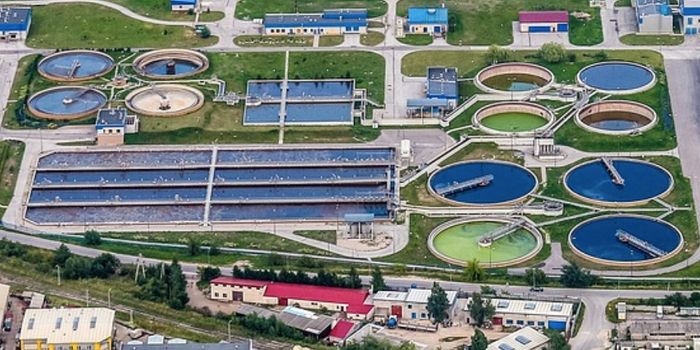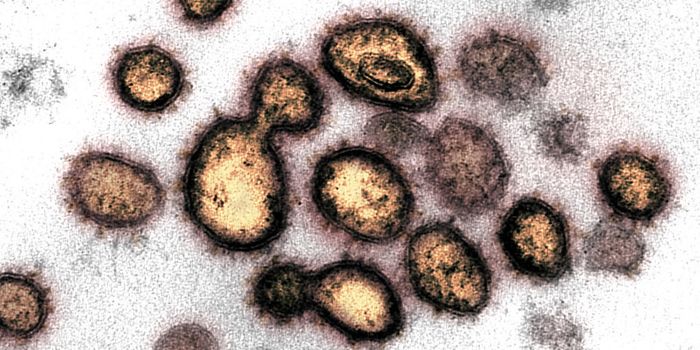A new species of photosynthetic bacteria was found in the Gobi Desert, and it may prove quite useful for making biofuel.
The new species
Gemmatimonas phototrophica is part of the phylum
Gemmatimonadetes - one of 6 phyla containing photosynthetic bacteria. It was originally found in Swan Lake, a freshwater lake in the Gobi Desert. The cells are rod-shaped, red-pigmented, and utilize a
purple bacteria photosynthetic reaction center for photosynthesis. They divide by binary fission, although the researchers did observe some budding structures.
Although
G. phototrophica was originally found in the Gobi Desert, the researchers found it to be quite ubiquitous. They searched a database containing 161 metagenomes for amino acid sequences similar to the the
G. phototrophica protein AcsF (for chlorophyll biosynthesis). The metagenomes were collected from various environments including lakes and rivers, biofilms, plant surfaces, soils, and water treatment plants.
G. phototrophica made up between 0.4-11.9% of the photosynthetic bacteria found in these environments.

So, what about biofuels? The genes for photosynthesis in
G. phototrophica are unique because they are all positioned together in the genome. In most bacteria, these genes are scattered about. According to
study author Yonghui Zeng, “this is highly interesting because it allows you to transfer the gene cluster to another bacterium that can use the genes for a desired purpose. An example is to transfer the gene cluster to the bacterium
E. coli and thus make
E. coli capable of using sunlight to produce biofuel”.
Why transfer the gene cluster? Because
E. coli is easy to grow and its genome is easy to manipulate. This means you can engineer a strain that not only produces biofuel, but that uses photosynthesis for energy. This makes the whole operation more cost effective, since you can rely on the sun to “feed” your bacteria.
Sources:
International Journal of Systematic and Evolutionary Microbiology,
Environmental Microbiology Reports,
Science Daily, Wikipedia









